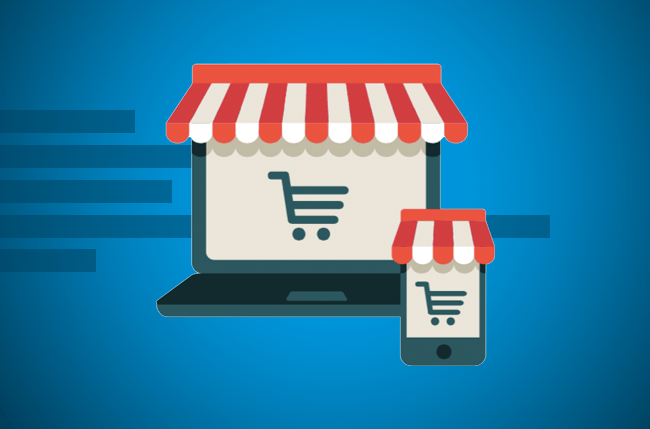As a growing number of consumers shop online, e-commerce is becoming increasingly important. If you want to sell to consumers online you need to have a smart e-commerce strategy, which means a well-considered and innovative online store.
Setting up an online store means more than just developing a website. To succeed in e-commerce, you need to know how to create an online store that attracts consumers in the first place, keeps them browsing, and turns them into repeat customers.

The following is a list of the critical elements that go into setting up a successful online store:
The business plan: No business will survive without a business plan. The business plan is the foundation stone of your enterprise and the entire basis on which you intend to finance, market and run your business. It sets out your goals and how you intend to reach them. A business plan is also the document with which you will seek funding from external sources for the business.
Inventory: Getting your inventory levels right is crucial: too much inventory and you run the risk of considerable losses on unsold product, too little and you end up with backed-up orders and angry customers. Another concern with inventory is that of storage. If you do not have a warehouse or cannot afford one, there are companies that will store and ship items for you.
Domain name and site location: If you have the technical skills to purchase your own domain name and set up a site by yourself, or you know someone reliable who can do it for you, that is a plus. Otherwise, there is no shortage of sites that will provide you with the basic toolkit you need to develop your own online store. Examples include Shopify, Weebly eCommerce and Squarespace.
Design: Get the design aspect of an online store right. If you were opening a bricks-and-mortar store, you would never dream about having a shabby storefront or a cluttered interior, where customers could not find what they were looking for. Likewise, an online store must be attractive and easy to navigate. Online, consumers are less inclined to show patience than they would offline, so first impressions really do count.
Checkout: Make your checkout system easy to find and use. When it comes to security of payment, customers tend to prefer hosted software.
Social media: Ensure that your online store is integrated with social media. Use popular social media sites – Facebook and Twitter, for example, – to spread your marketing message, and have Facebook and Twitter buttons on your homepage. Engage with customers on social media and ensure that you answer any queries quickly. The same principle applies to feedback options on your website, such as e-mail and customer chat.
To get an idea about what works in e-commerce, browse the Internet for online stores that have proven to be a success. As Seen On TV is one example of an online store that combines an easy-on-the-eye design template with stress-free navigation.
With a well-designed and easy to navigate online store, you are well placed to begin attracting a solid customer base that, hopefully, will become repeat customers as your e-commerce business thrives.
- Why PCBs Are So In Demand - May 17, 2019
- Muay Thai Website and using the Internet Technology - March 8, 2018
- 3 Ways Your Social Media Strategy Is Probably Lacking - January 22, 2018
Leave a Reply